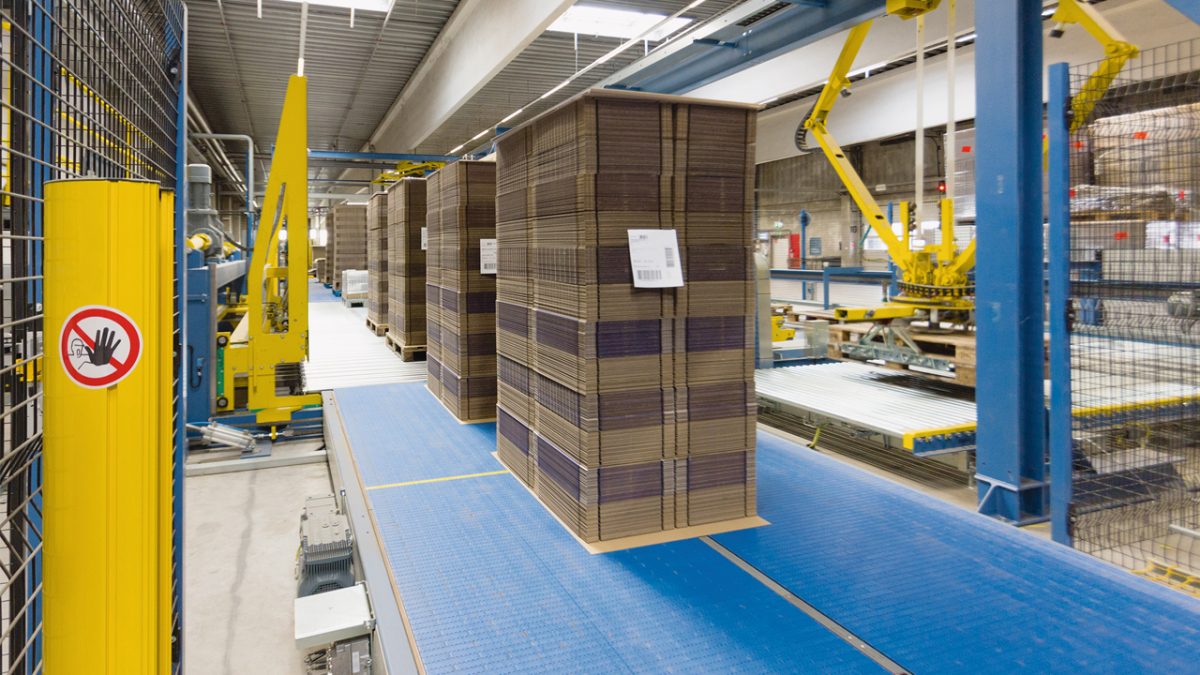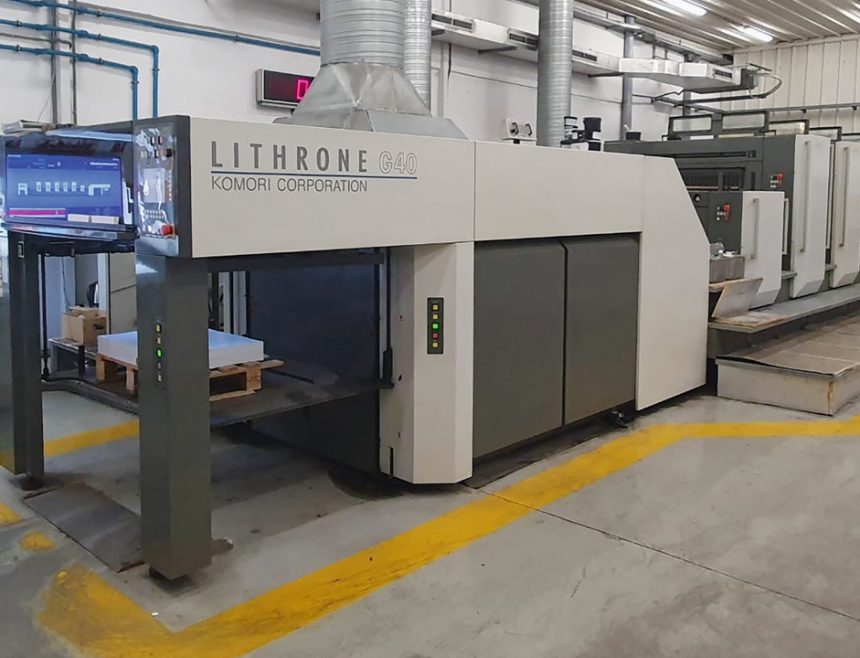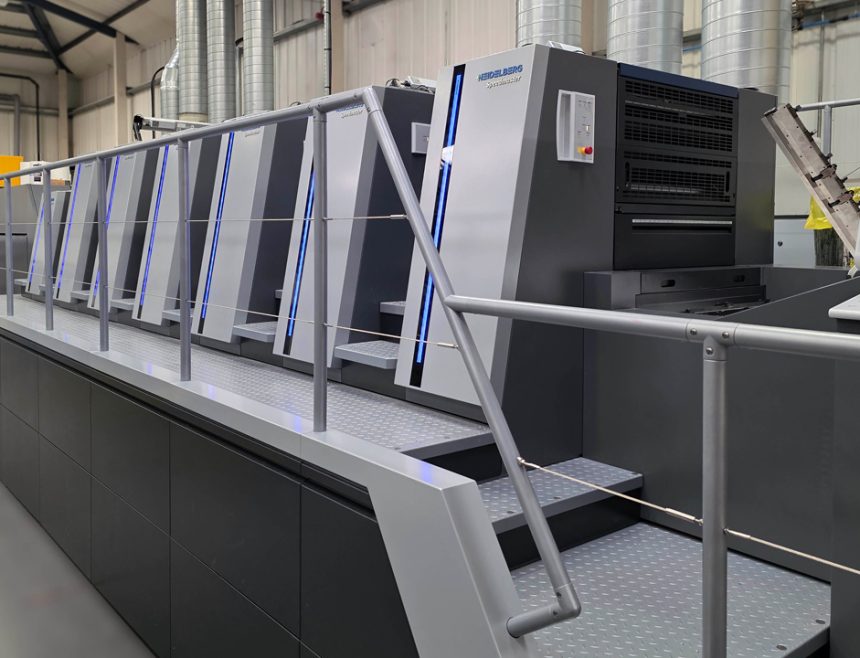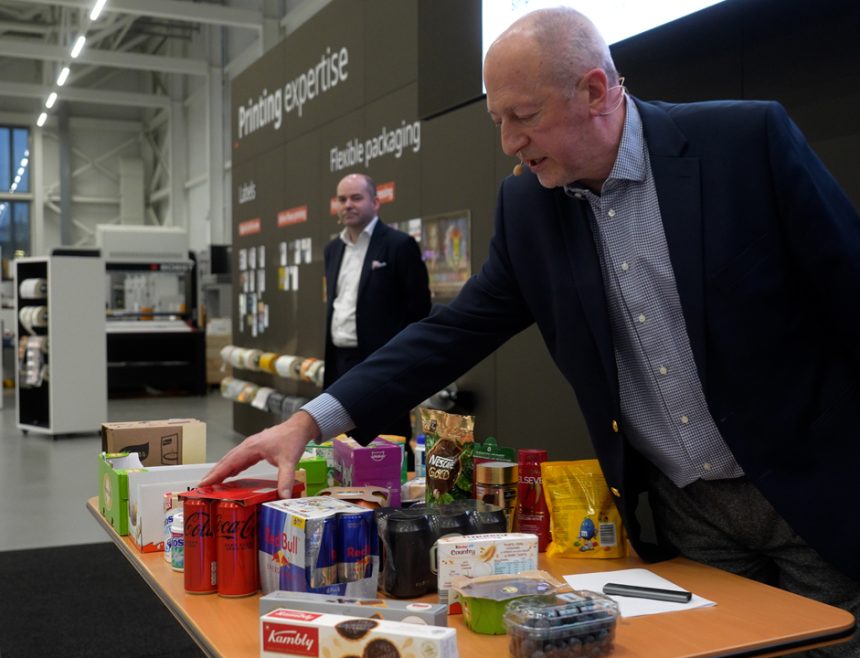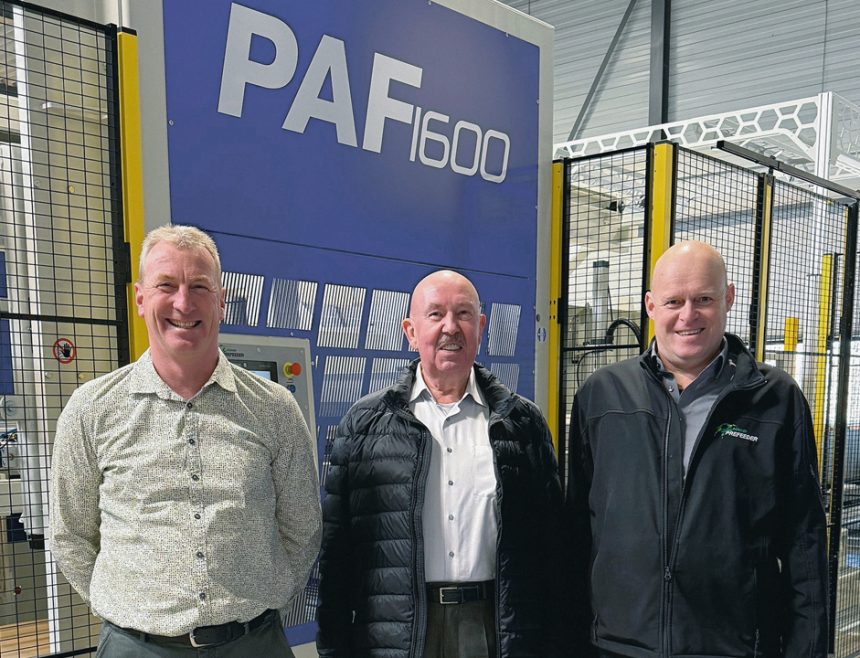At DS Smith Packaging Austria GmbH, Margarethen am Moos, MINDA recently implemented the automation of the intermediate storage and a new pallet securing line.
Project planning as key factor
In advance, intensive planning was necessary to avoid any production downtime in the plant despite the extensive reconstruction. “We planned meticulously which modification steps to carry out when. Many project steps happened at the same time, and it was essential to keep to the schedule, and this was achieved thanks to Minda’s carefully elaborated assembly plan,” explains Patrick Baldauf, Site Operational Excellence Lead and Project Manager, DS Smith Packaging Austria.
“Minda’s connection plans allowed our preliminary work such as cable routes and supply lines well ahead,” adds Florian Pointinger, Maintenance & Engineering Manager.
“We could rely on the excellent project preparation at DS Smith, it simply matched,” confirms Bianca Böke, Sales and Project Management, Minda.
The rebuilt components were completely dismantled and modernised to ensure process reliability for the future. Within the pallet securing line, two old units were replaced by a new pallet loading station BoP (Block on Pallet) without any production downtime: “Production downtime was not possible. Day-to-day business had to continue,” says Baldauf.
The aim of the project was an increased performance in the plant through automation and installation of new components, and thus an optimization of the transport properties and the stacking patterns.
Corrugator discharge and machine infeed
The area upstream the converting machines, including intermediate storage, was fully automated. Material flow tracking is now provided right from the corrugator so that every stack is visualised and identified in the plant at any time.
Regarding the machine periphery, DS Smith relies on the Minda-Advector family as pre-feeder and on the Fractor breaker line in cooperation with MuK (Maschinenbau und Konstruktion GmbH Elmshorn).
The automation of the plant offers central benefits in daily processes. For example, advance planning is easier and delivery tours can be better coordinated in the dispatch department. “Previously, we had to walk through the production area, but now the material flow can be tracked on the screen for optimal planning,” notes Baldauf.
In the intermediate storage, non-driven roller conveyors were replaced by plastic chain conveyors leading to a significantly increased stack quality (no sheet walk effect) and higher sustainability by reducing waste.
Finished goods area and pallet loading centre
The machine discharge lines were modified for parallel discharge by the 2-deck transfer car with increased performance.
The layout of the dispatch hall was completely adapted. Instead of palletising via two loading lines as before, the complete finished goods are now prepared for dispatch via one loading station and two strapping lines. The pallet securing line was adapted for optimum material flow so that the stacks are removed centrally close to the dispatch and finished goods storage.
Minda planned the new pallet securing line based on a 3D scan in advance. “This scan was essential for the further implementation,” emphasises Baldauf.
The 360° scans provided a detailed visualisation of the plant and ensured maximum planning reliability and collision control ahead. For example, structural features such as ceiling trusses, sprinklers and lighting systems in the dispatch hall could be identified directly.
The stacks from the converting hall are fed to the pallet securing line via a turntable with two separate decks, so that up to four stacks can be turned simultaneously. A right angle station transports stacks still requiring changing orientation for palletising towards the loading station.
Several blocks can be stored on the buffer section upstream the pallet loading station for a continuous flow.
Pallet loading station BoP and bottom sheet inserter
With the new installation, the capacity is achieved with just one pallet loading station so that the operating personnel can be deployed more efficiently.
Within the double loading station for sheets or finished goods, for example, a large block can be placed on pallet patterns or two smaller blocks with the same width can be palletised within one cycle.
Accessibility to the loading station for the operators was also important as the forklift traffic must not be crossed. For safe access, a platform was erected to reach the loading station via a bridge. This was also planned and delivered by Minda.
When optimising the layout, Minda always focuses on the overall planning for the customer, leading to intelligent layouts, for example for customer-specific escape route planning.
Following the material flow, a new bottom sheet inserter was installed downstream the pallet loading station to place the top pallets or cover sheets. Due to the building conditions, especially the ceiling beams, a customised design was required for the installation.
With sustainability in mind, many well-kept existing components were reused on site and integrated into the new control system. In addition to strapping machines, stretch wrappers are also integrated into the finished goods line.
Performance by automation
Thanks to the specific preparation and cooperation of the project management teams, the innovations could be implemented during ongoing operation.
The decisive factor was the planning ahead, which was visualised by a precisely customised assembly plan. “The assembly plan was crucial for our personnel planning,” adds Pointinger. Even though there was a maintenance team, the day-to-day business should not be neglected by to the large-scale reconstruction.
“It’s a giant task to plan such a project. Thanks to the assembly planning, all preliminary work on our part ran smoothly and any bottlenecks were mitigated in advance,” says Baldauf.
The final result confirms Baldauf’s decision for Minda as partner for the complete automation of the plant: “We already had positive experiences with Minda in the past and are familiar with the company’s strengths and expertise. There is a well-engineered concept behind.”
“The reliability of low-maintenance components and the aimed support by Minda technicians when required are also convincing for us,” concludes Pointinger.

